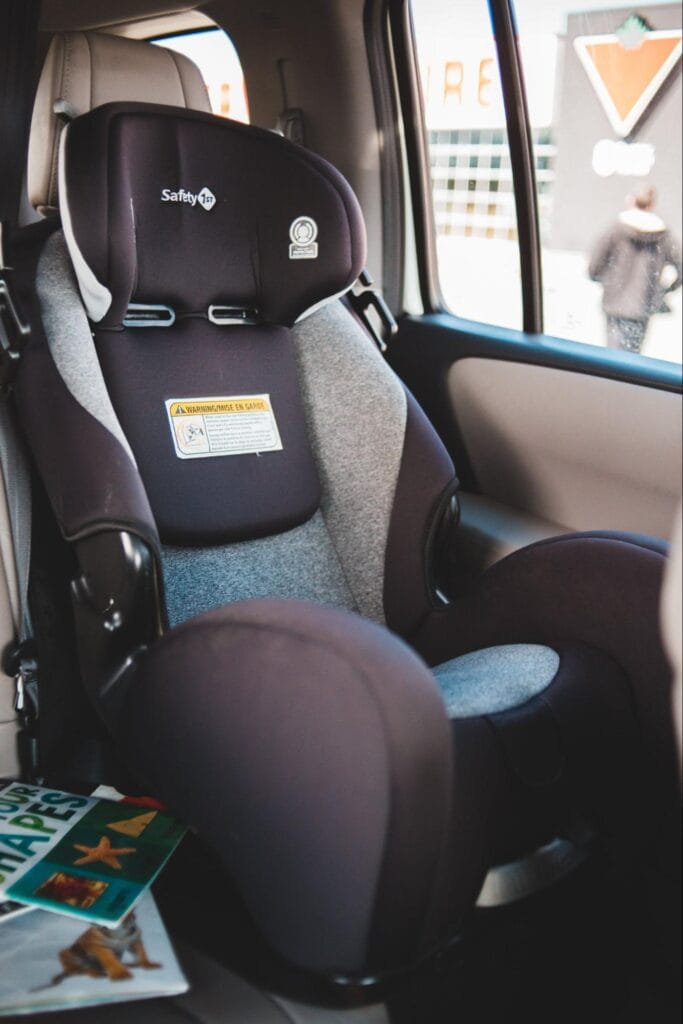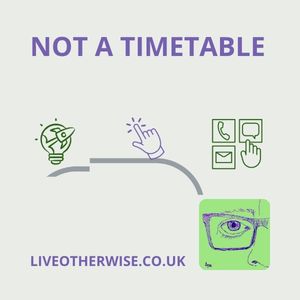Your basket is currently empty!

Choosing The Right Car Seat: What You Need To Know
Disclosure: collaborative post
A car seat is one thing every child needs to help keep them safe. Car seats are a legal requirement for all children travelling in a car unless it’s an unexpected short journey, i.e. getting a taxi. But every child under 12 or under 135 cm tall should be travelling in a car seat.
But navigating the minefield that is child’s car seats isn’t easy and with many opinions and advice on the best car seats for babies and children, knowing what information to look for to make the right purchase can be tricky.
This post looks at some of the best ways to find the perfect car seat so you can be confident your child is always safe and secure.
Age of Your Child
The age of your child will dictate the type of car seat you should buy. It is recommended that all children up to the age of 5-6 should be in a rear-facing seat, but it is a legal requirement for all babies up to 15 months old to be in a rear-facing seat.
The age of your child will also dictate the type of car seat they need.
Group 0+ are for babies up to 15 months old or 15 kgs.
Group 1 can be rear or forward-facing car seats used once your child is too big for a Group 0+ seat. Group 1 seats are suitable for babies and children from 9 months to 4 years or 9-18kg.
Group 2 ⁄ 3 car seats are both rear- and forward-facing, but they are high back boosters suitable for children weighing 15 to 36kg or from 4 to 11 years.
Legal Requirements
i-Size is the most recent safety requirement for car seats for children. i-Size car seats conform to EU safety legislation R129. This is the standard that will soon be adopted across all car seats but is currently not used in older models. These new standards offer other options to help in choosing the safest car seat for your child in the right size.
However, this doesn’t mean you need to change your car seat as long as it meets the current R44 legislation. i-Size seats will need to be chosen based on your child’s height to ensure they fit the seat correctly, so while current guidelines are based on age, height, and weight, i-Size is based only on height.
Up to 85cm (current group 0)
0-105cm (current group 0/1/2)
100-135cm (current group 2/3)
Correct Fitting
Once you have the correct type and size car seat for your child you need to make sure that it is fitted correctly. This is usually what lets down a perfectly safe car seat. They’re not the easiest things to fit into cars, and they require a lot of points to be installed to ensure they are safe and secure and that your child is fitted into them correctly.
Companies such as Mamas and Papas and Halfords have fully trained employees who can help you to fit a car seat correctly, but following the instructions provided by the manufacturer, making sure the seat is suitable to be fitted for your car, and watching online tutorials can help you to fit the car seat yourself and make sure it is done so correctly.
The last thing you want is for your child to be hurt in a car accident, so make sure they are in the right car seat, it is suitable for the car, and they are restrained in the car seat (remember no coats to be worn when in a car seat) and that the seat is fitted correctly. These points can help you to make sure they are as safe as possible when travelling.
Home Ed Inspiration, Ideas, and Activities
Click the links below and scroll through my collection of ideas, workshops, excursions, and more to discover practical everyday activities you can do together in and around your home classroom.





Leave a Reply